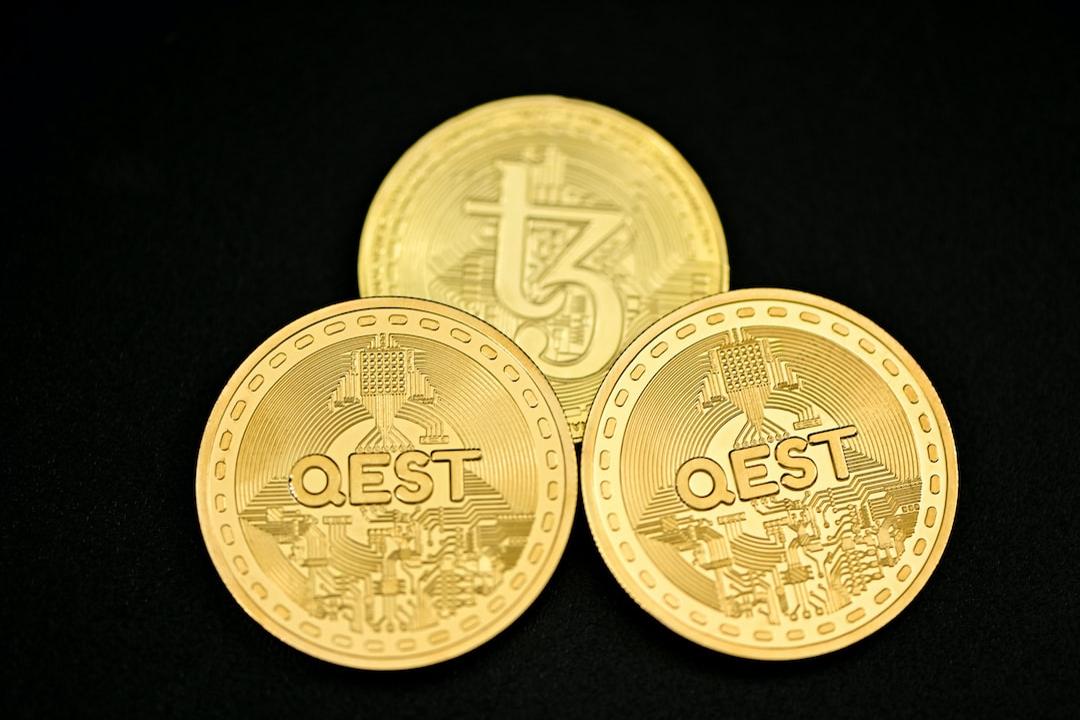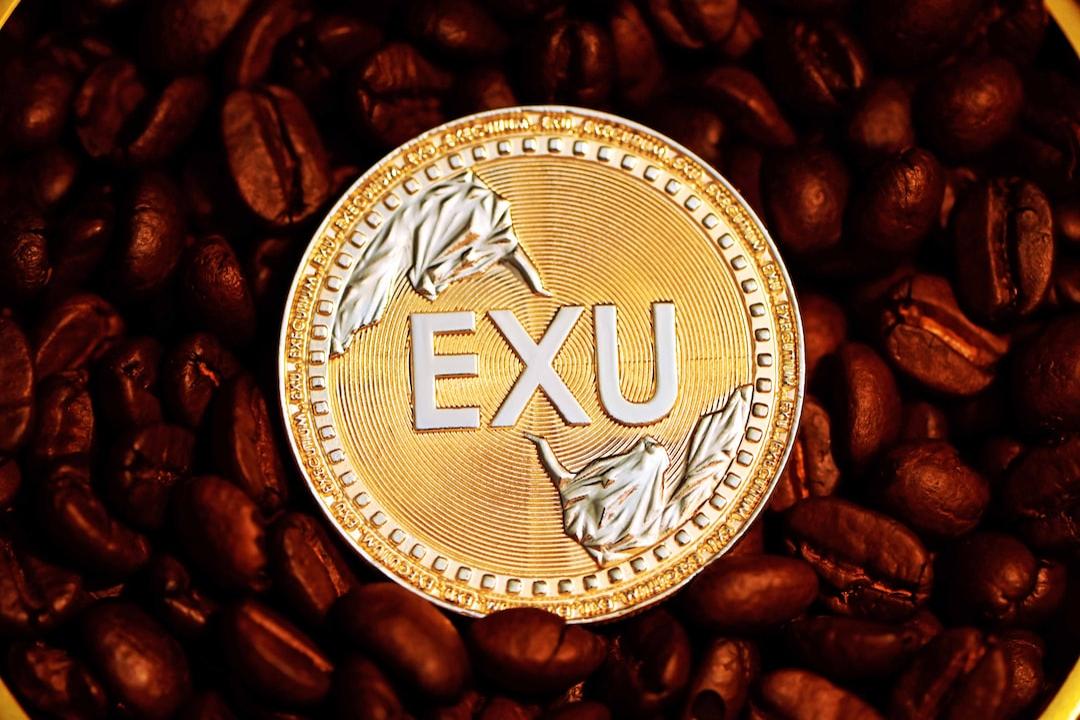Binance, OKX and the Performance of Five Major Exchanges in Token Listings
Animoca Digital Research has released a research report analyzing the token listing activities of five major exchanges: Binance, OKX, Bitget, KuCoin, and Bybit from a data perspective. The report details are as follows:
Overview of Token Listing Performance


This year, leading exchanges have adopted different token listing strategies.
Binance and OKX have been more selective among mainstream exchanges, with only 44 and 47 tokens listed year-to-date, respectively.
In stark contrast, Bitget has taken a more aggressive listing strategy, with 339 listed tokens, far exceeding its competitors and significantly increasing its market share in 2024.
So far this year, both KuCoin and Bybit have listed over 150 tokens.

From the beginning of the year until now, most exchanges have recorded negative average returns, with Bybit experiencing the largest decline at -50.20%.
KuCoin follows closely with an average return of -48.30%, while Bitget’s average return stands at -46.50%.
In comparison, Binance and OKX performed relatively better, with average returns of -27.00% and -27.30%, respectively. This indicates that Binance and OKX have implemented more effective selective listing strategies, resulting in relatively better token price performance in a challenging altcoin market environment.
Monthly Token Listing Counts

Given the favorable market conditions at the beginning of the year, March and April became peak months for listing activities across exchanges, particularly for Bitget, Bybit, and KuCoin, which saw a significant surge in the number of listings.
In April, the total number of listings peaked at 133, while August saw the lowest number of listings at only 44. Since April, the number of listings across most exchanges has been steadily declining until August.
Total Trading Volume of Tokens in Their First Month

The above chart displays the 30 tokens with the highest trading volumes year-to-date. ENA leads with a trading volume exceeding $15 billion in its first month.
Among popular meme tokens, trading activity for BOME, NElRO, and WIF significantly increased, while tokens such as ZRO, TON, and lO had trading volumes ranging from $1 billion to $5 billion in their first month.
MC/FDV Ratio and Average Token FDV

The MC/FDV (Market Capitalization to Fully Diluted Valuation) ratio is a key indicator for assessing a token’s floating market value relative to its total valuation. Analysis shows that projects with lower circulating ratios tend to inflate their valuations.
For Binance, tokens with a ratio between 0.4 and 0.6 account for the largest share of the fully diluted valuation of listings. This is primarily due to recently listed tokens such as TON, BANANA, and XAl.
At the same time, tokens in the range of 0 to 0.4, such as TAO, JUP, ENA, and ZRO, also made significant contributions to the overall FDV.
OKX has a higher concentration of tokens in the ranges of 0.6 to 0.8 and 0 to 0.2. Noteworthy high FDV listed tokens this year include JUP, ONDO, ZRO, STRK, and ZK.
The remaining three exchanges have listed tokens with lower FDVs, reflecting a more diversified token selection strategy, and may also be due to Binance and OKX lagging in the listing of high FDV tokens.
Number of Listed Tokens by Different MC/FDV Ratios

When analyzing the distribution of tokens with different MC/FDV ratios, a notable trend emerges: most tokens tend to cluster at either very high or very low MC/FDV ratios, and the circulating percentage follows a similar pattern.
Interestingly, the tokens with the highest valuations are those located in the middle range of MC/FDV ratios. This suggests that tokens demonstrating both an established market share and growth potential tend to attract greater investor interest.
Trading Volume by Exchange and Listing Month

Trading Volume Trend Over the Last 24 Hours (by Exchange and Listing Month)

First Month Trading Volume Trend (by Exchange and Listing Month)

First 24 Hours/First Month Trading Volume (by Exchange and Listing Month)
First-Day Trading Activity:
After listing, the trading volume in the first 24 hours typically accounts for 5-20% of the first month’s trading volume, depending on the exchange. OKX recorded an anomaly in September, with 40% of its activity driven by CATl and HMSTR tokens, while KuCoin demonstrated stronger participation in the preceding months.
Trading Volume:
Among the five exchanges, Binance leads in both first 24 hours and first month average trading volumes, followed by OKX. For Binance, April was the peak month for average first-day trading volume, while May saw the peak for first-month trading volume. Both trading volume metrics reached their lowest point in July and partially recovered in August and September. A similar decline and recovery trend can also be observed in OKX.
First-Day Closing Prices vs. ATH Prices (by Exchange and Listing Month)
Average Time from Listing to ATH (by Exchange and Listing Month)

Average Number of Days for Newly Listed Tokens to Reach All-Time High (ATH)
Average ATH ROI by Exchange and Listing Month

ATH ROI % (average percentage change between ATH and listing price)
Listing Performance:
Based on the ratio of ATH price to first-day price, Bybit and Bitget had the highest average ATH ROI from April to July. Meanwhile, Binance was the fastest among the five exchanges to reach an all-time high (ATH) from January to March, during a period of significant price volatility for Bitcoin.
Market Sentiment Shift:
As BTC prices surged, the number of days to reach ATH decreased, potentially due to increased investor interest in newly listed tokens from January to March, during which Bitcoin experienced significant price fluctuations.
This article is collaboratively republished from:
Deep Tide

